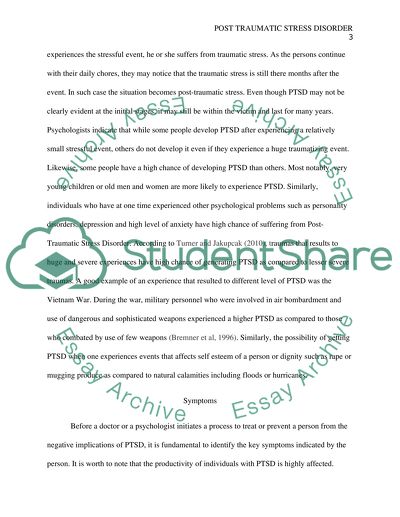Cite this document
(“PTSD Research Paper Example | Topics and Well Written Essays - 2000 words”, n.d.)
PTSD Research Paper Example | Topics and Well Written Essays - 2000 words. Retrieved from https://studentshare.org/psychology/1634422-ptsd
PTSD Research Paper Example | Topics and Well Written Essays - 2000 words. Retrieved from https://studentshare.org/psychology/1634422-ptsd
(PTSD Research Paper Example | Topics and Well Written Essays - 2000 Words)
PTSD Research Paper Example | Topics and Well Written Essays - 2000 Words. https://studentshare.org/psychology/1634422-ptsd.
PTSD Research Paper Example | Topics and Well Written Essays - 2000 Words. https://studentshare.org/psychology/1634422-ptsd.
“PTSD Research Paper Example | Topics and Well Written Essays - 2000 Words”, n.d. https://studentshare.org/psychology/1634422-ptsd.


